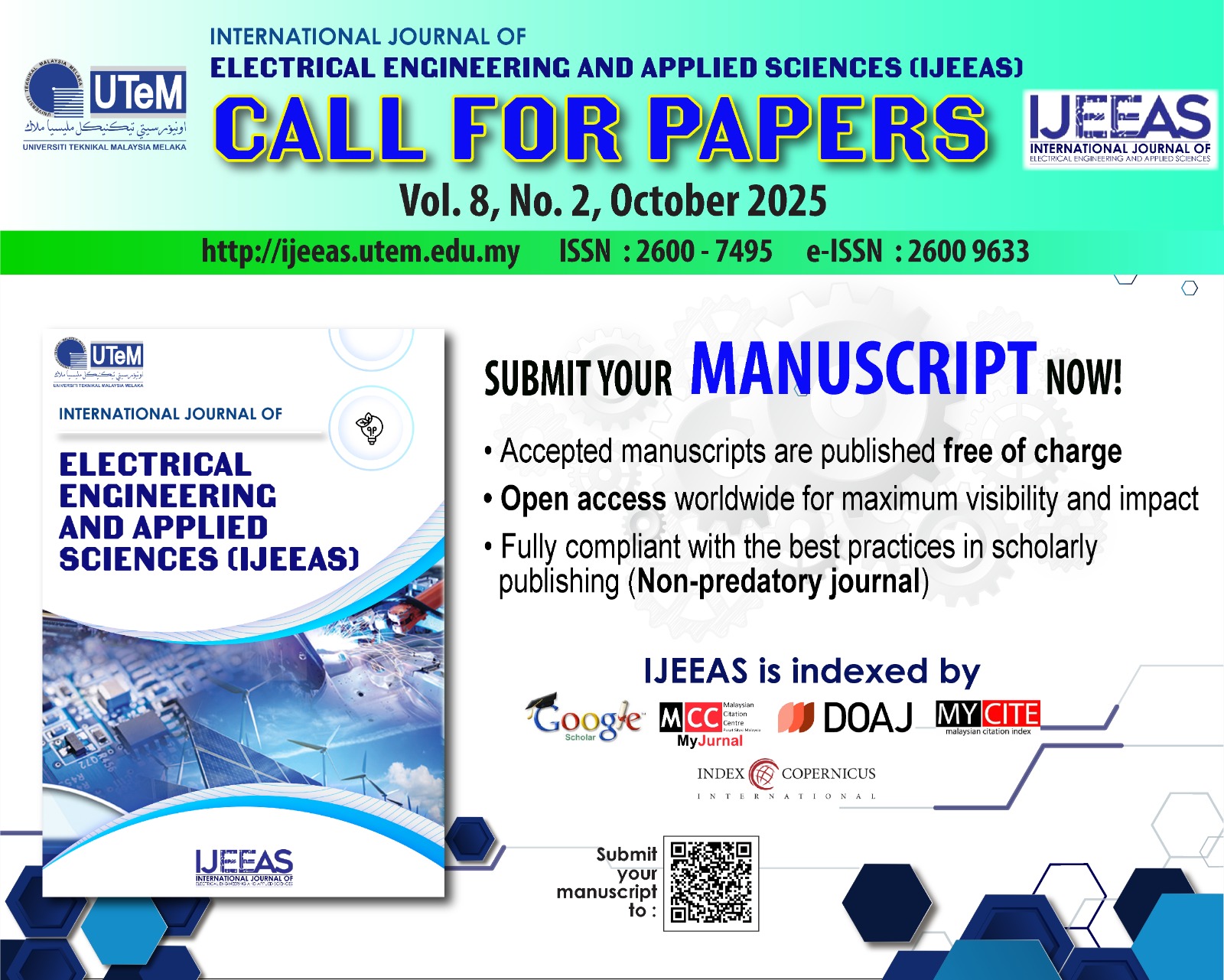Enhancing Power Efficiency and Grid Stability in Virtual Power Plants under Stochastic Uncertainties
DOI:
https://doi.org/10.54554/ijeeas.2025.8.01.001Abstract
This study examines the integration of Virtual Power Plants (VPPs) to optimize grid operations using renewable energy, Energy Storage Systems (ESS), Electric Vehicles (EVs), and HVAC systems. It analyzes the effects of shading and weather uncertainties on solar power generation and employs adaptive control strategies to manage ESS and EV battery performance. The findings reveal that environmental factors, particularly shading and seasonal variations, significantly impact solar output. Adaptive control strategies effectively mitigate variability, improving energy storage performance and maintaining a stable State of Charge (SOC) in ESS and EV batteries. VPP integration enhances grid stability, optimizes power utilization, and improves system reliability. This research underscores the critical role of VPPs in addressing modern energy challenges by employing advanced energy management techniques. By adapting to uncertainties and optimizing resources, VPPs contribute to more efficient, reliable, and sustainable grid operations, supporting a resilient energy infrastructure.
Downloads
Downloads
Published
How to Cite
Issue
Section
License
Authors who publish with this journal agree to the following terms:
- Authors retain copyright and grant the journal right of first publication with the work simultaneously licensed under a Creative Commons Attribution License that allows others to share the work with an acknowledgement of the work's authorship and initial publication in this journal.
- Authors are able to enter into separate, additional contractual arrangements for the non-exclusive distribution of the journal's published version of the work (e.g., post it to an institutional repository or publish it in a book), with an acknowledgement of its initial publication in this journal.
- Authors are permitted and encouraged to post their work online (e.g., in institutional repositories or on their website) prior to and during the submission process, as it can lead to productive exchanges, as well as earlier and greater citation of published work (See The Effect of Open Access).







